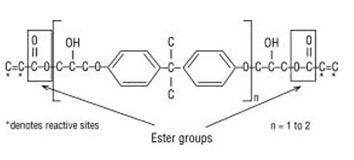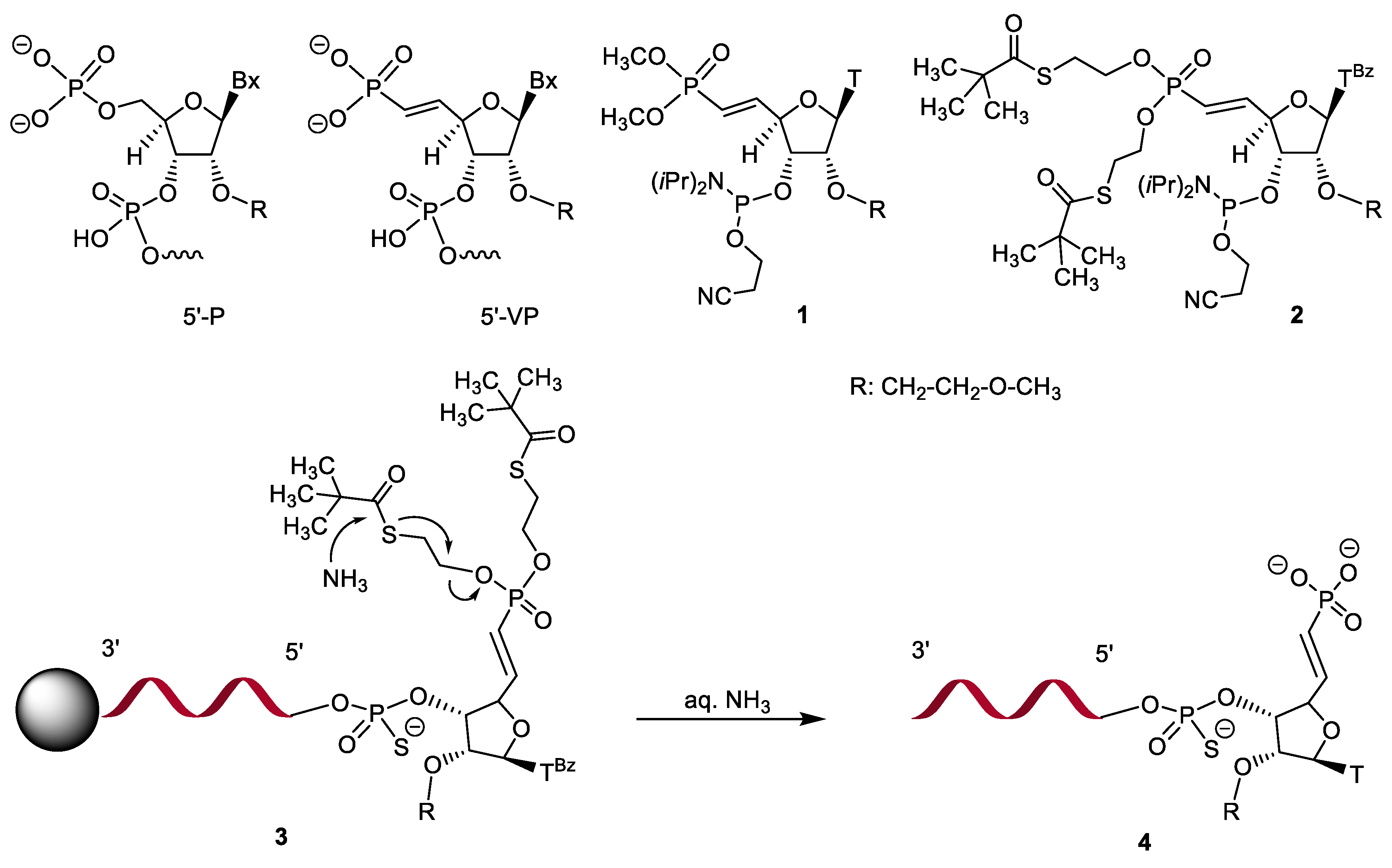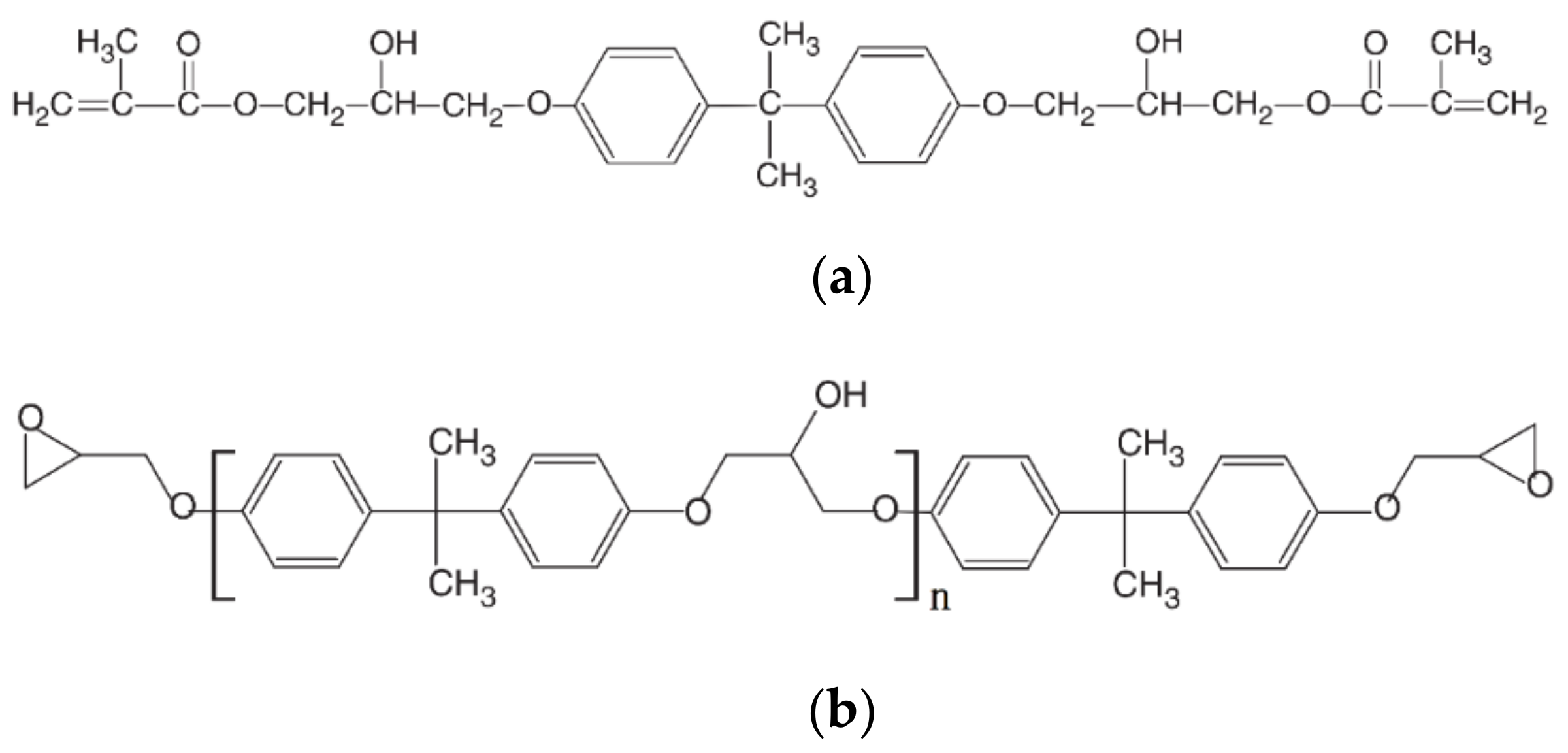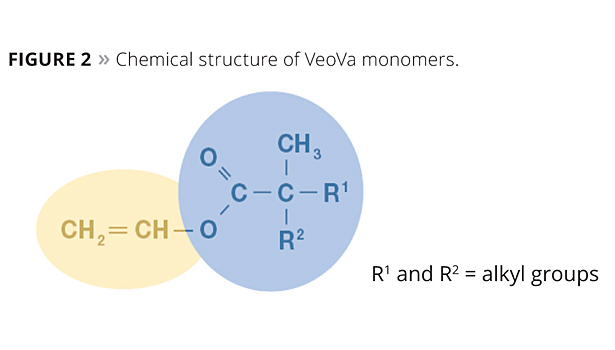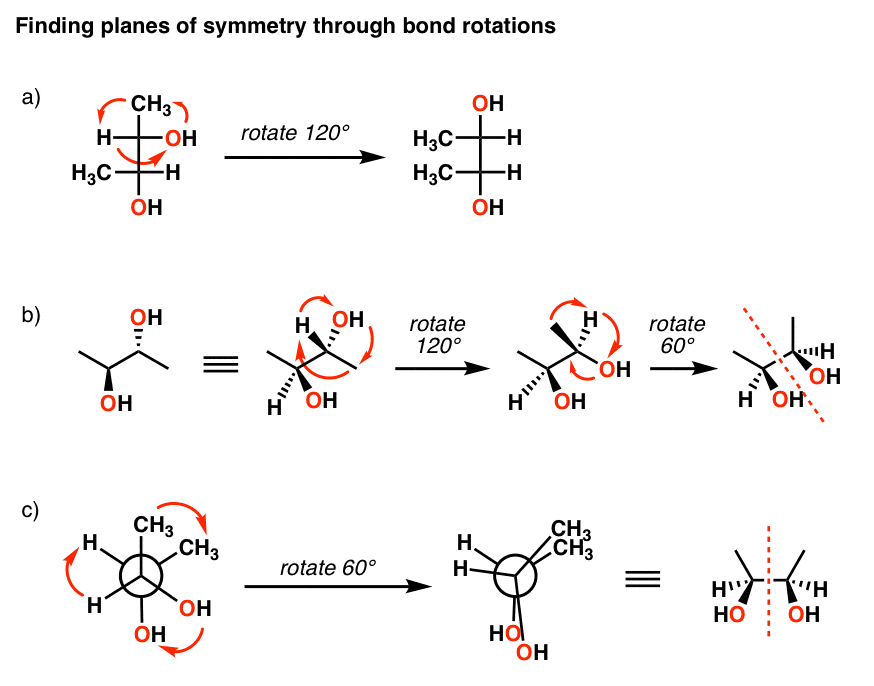Vinyl Ester Molecular Structure

Vinyl esters undergo homopolymerization via a radical mechanism.
Vinyl ester molecular structure. Vinyl acetate is not as hydrolytically stable in polymers as are the structurally similar acrylic esters. As the length of the chain is available to absorb impact loads this makes vinyl ester resins more durable and resilient than polyesters. The most widely used member of the category is vinyl acetate. An ester of vinyl alcohol.
The molecular structure of vinyl ester resins is similar to that of polyesters but differs primarily on the location of their reactive groups which are positioned only at the ends of the chains. Ethylene is now the preferred feedstock for vam vinyl acetate monomer largely replacing the earlier acetylene based process. Vinyl ester refers to esters formerly derived from vinyl alcohol. Vinyl ester is dissolved in a monomer or reactive diluent usually styrene the result is a low viscosity liquid having a solids content of 36 39.
This makes it much more resistant to water penetration hydrolysis which can cause osmotic blistering. Vinyl esters are more tolerant of stretching than polyesters. Vinyl ester monomer contains two vinyl end groups that allow cross linked structure to form during the reaction. Vinyl ester or vinylester is a resin produced by the esterification of epoxy resin with unsaturated monocarboxylic acid.
Vinyl alcohol containing polymers are prepared by hydrolysis of the corresponding vinyl acetate polymers. Vinyl acetate is a commercially important monomer that is classified as a vinyl ester i e. 2 acetoxy benzoic acid vinyl ester. Vam is usually produced by the catalysed vapour phase reaction of acetic acid with ethylene and oxygen in a fixed bed tubular reactor using a supported noble metal catalyst.
Vinyl ester has fewer open sites in its molecular chain. Commercially important examples of these monomers are vinyl acetate vinyl propionate and vinyl laurate. Vinyl esters have enhanced mechanical properties compared to polyesters with physical strength better impact and thermal shock resistance. Chemical structure of the vinyl ester resin monomer.













